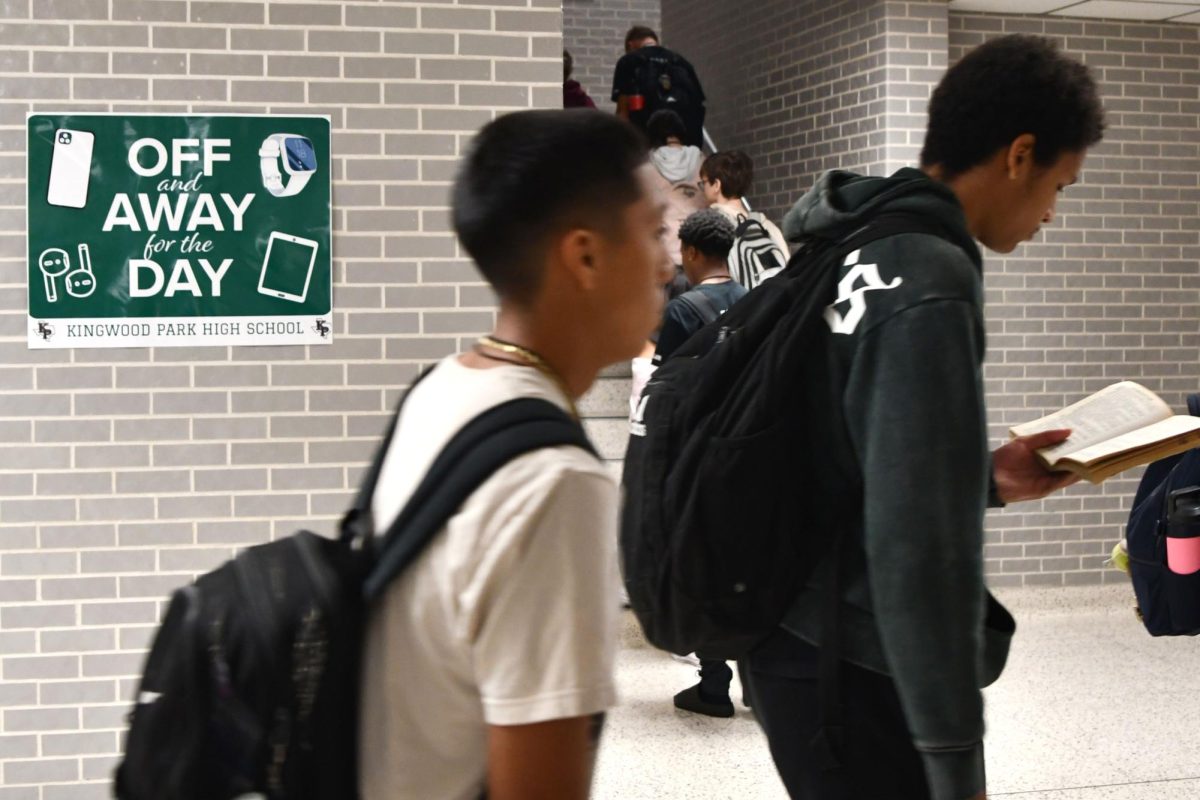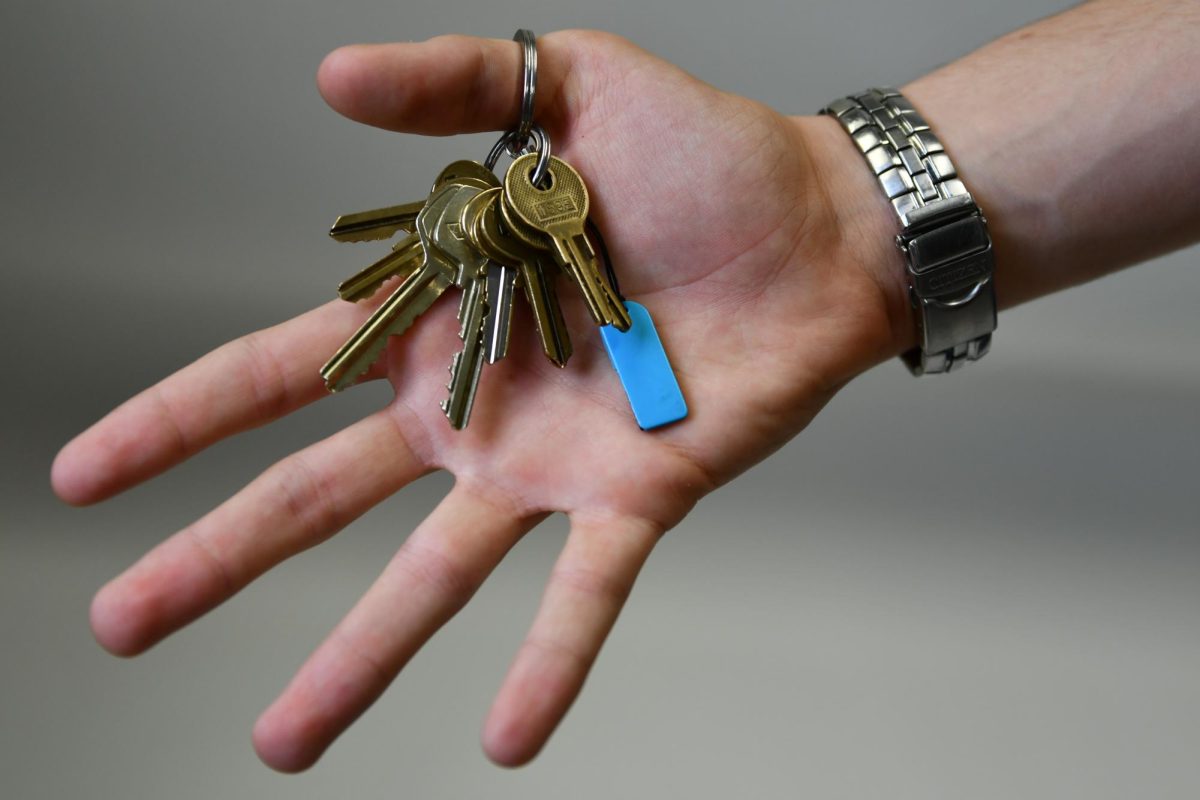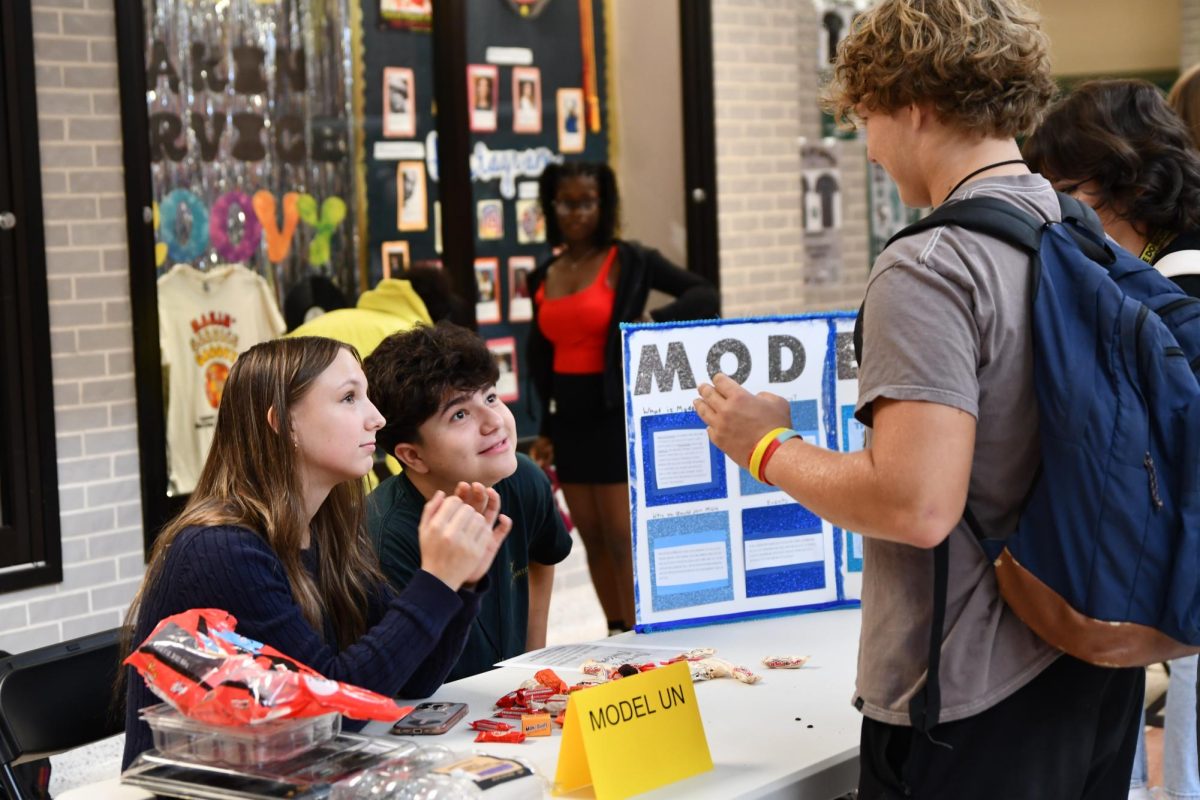The new Texas House Bill 1481 bans the use of phones by students from the time they enter the school until the last bell at 2:55 pm, in an effort to reduce distractions during class. However, this ban is statewide — instead of being left up to individual districts — making it overly broad, excessive and unfair in certain situations, such as lunchtime, where phones aren’t affecting learning. It should be at the discretion of teachers who understand their students far better than distant lawmakers.
The bill ensures “the district or school complies with a written policy prohibiting a student from using a personal communication device (PCD) while on school property during the school day.” It was signed into law by current Texas Governor, Greg Abbott. The bill passed in the House of Representatives with a vote of 128 in favor and 17 against and passed in the Senate with a vote of 31 in favor and 0 against.
The bill intended to reverse the negative effects that phones and other devices have had on children. As stated in the text, the bill “aims to mitigate the negative effects of a student’s use of personal communication devices … to create a more focused, engaging, and safe learning environment for students.”
If the bill was intended to combat the negative effects of phones, why not just outlaw students from having their cell phones at home? Because this is about control, and because that would violate parents’ fundamental constitutional rights. The Tenth Amendment and past court cases have supported states’ ability to limit certain student rights. Court cases such as Tinker v. Des Moines show that students still have their First Amendment rights at school. However, those rights can be limited if the school deems that their speech disrupts the learning environment.
Lawmakers are getting as close as they can to banning phones at home by banning phones from when you walk into school. For some students, that is as early as 6:45 a.m.. As clarified in an email sent to parents prior to the school year starting, “Personal communication devices must remain out of sight, turned off or kept in silent mode, and unused during the entire school day, from when students enter the building until the dismissal bell.” This includes the four lunches and flex hour — two very non-academic times where distractions are not an issue.
Laptops are among the list of things included under the PCD umbrella. This affects many students who relied on their own laptops from home to do online assignments instead of using the school-provided Chromebooks. These students might prefer to use their own laptops since the Chromebooks aren’t regularly cleaned, but more so because of the low-quality Chromebooks and other school-provided devices.
For the last couple of years, math teachers have had an effective system for dealing with students’ phones being a distraction. Most took up every student’s phone as they walked into the classroom and put them into a wooden cell phone holder, which remained at the front of the classroom. Phones could only be retrieved after students had finished all their work for the class, including any unfinished assignments from previous days. Occasionally, phones were held until all students in the class had finished important assignments, such as tests and district checkpoints. This system offered an incentive for students to finish their work and participate in class, especially for certain students who weren’t motivated by grades. It was a powerful motivator.
The students who got straight A’s weren’t on their phones while the teacher was talking, or before they were done with their work. They simply used their phones as a sort of reward after finishing all of their assignments. Now they have to sit and watch already dried paint dry for the other half of class after doing their work, worst of all, with no music.
Some students who struggle with neurological problems like ADHD, dyslexia or autism have issues with staying focused on their work during class. Sometimes this is caused by all of the background noise that’s in a typical classroom full of teenagers, the buzz of fluorescent lights overhead, or by things completely unrelated to school, going on in the back of their mind. Listening to music on their headphones is sometimes the only way that they can tune out all of the distractions around them and finally finish their work.
Texas’s phone ban might have had good intentions behind it, but it ultimately missed its mark because it did not take into account how this affects all the students and even staff. Instead, the lawmakers thought that punishing everyone equally would inspire students who couldn’t care less about school to suddenly be jumping for joy and be ready to learn every time they walk into class. Legally restricting students even more with what they can and can’t do for more than eight hours a day is certainly not how motivation is built.








